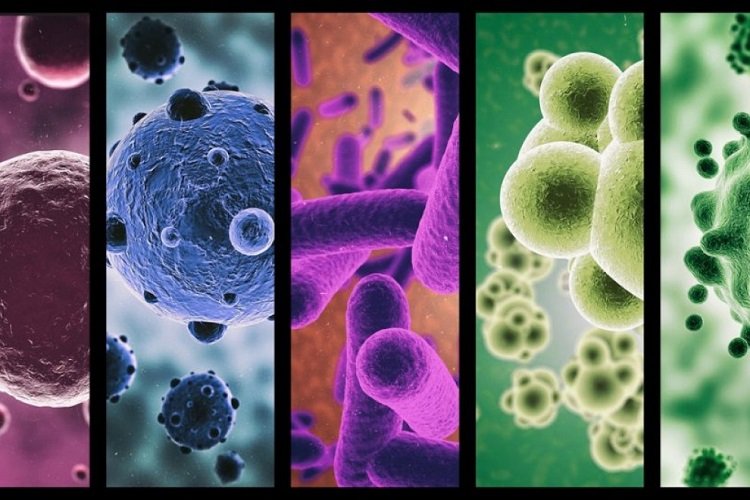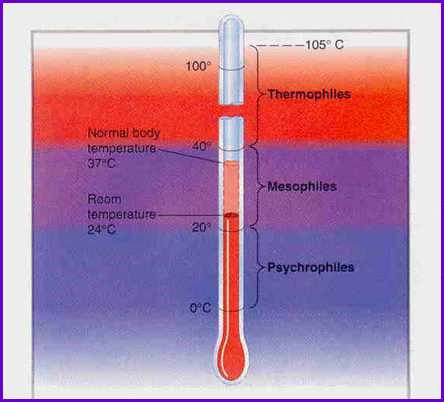Introduction to Microbiology | Bacterial Metabolism and Nutrition

The first topic to develop as any study is to know in its introduction the basic aspects to be able to understand completely, on this occasion I will focus on the metabolism and bacterial nutrition.
Bacterial growth: It is a process that involves the replication of all cellular structures, organelles, and protoplasmic components, from the nutrients present in the system's environment.
This process depends on the following factors:
- Bacterial species
- pH
- Composition of the medium
- Incubation temperature
- Crop age
- Inhibiting or enriching factors.
On the other hand, it also presents physical requirements such as:
- Oxygen: Strict aerobes, microaerophiles, strict anaerobes, facultative aerobes, aerotolerant anaerobes.
- Temperature:
-Psychrophilic: Bacteria grow between 0 and 20°C
-Mesophilic: bacteria grow between 20.1 and 40ºC
-Thermophilic: bacteria grow at temperatures above 40.1ºC. - pH: Acidophilic and basophilic.
- Osmotic pressure: Isotonic, Hypertonic, and Hypotonic.
- Salt requirements: Halophilic.

They also continue to have chemical requirements, which can be
- Water
- Energy source: Sunlight (Phototropes), organic substances.
- Source of Carbon: Organic and inorganic substances. The use of these substances allows to classify the bacteria in Autotrophs or Lithotrophs (They use water, inorganic salts, and CO2); Heterotrophs or Organotrophs (They require organic forms of carbon for their growth, for example, glucose)
- Inorganic Ions: Such as sodium, sulfur, phosphorus, represent constituents of biological compounds. Potassium is necessary for the manufacture of enzymes. Magnesium stabilizes ribosomes, cell membranes, and nucleic acids.
Thanks to all this, we can have a clinical application, which tries to check the bacteriostatic and bactericidal effects of an anti-microbial. Taking into account the clinical and epidemiological situation of the patient to be treated, we can determine the appropriate medication to treat the infection. Everything is essential in medicine, even the smallest details give us the appropriate indications to treat a certain microorganism.
I hope this block of knowledge is to your liking, in my case it is rewarding to review these basic concepts and more as we are in the field of quarantine, where we must take advantage of all learning to the maximum.
Sources
Systems Microbiology. Current Topics and Applications. Cannie Stark.
Clinical Microbiology Procedures Handbook. Lynne S. Garcia, LSG & Associates.

Interesante